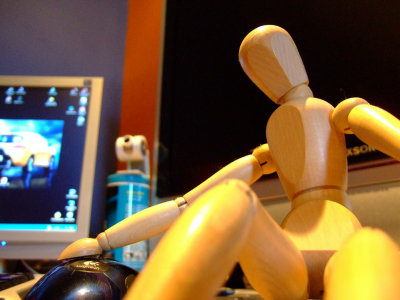A movie that explains in a cute animation how to make 'troublesome but what to do' a habit in an easy-to-understand manner

Even if you try to acquire good habits such as exercising, learning English, and reading, many people have the experience of playing with smartphones when they notice.
Change Your Life – One Tiny Step at a Time --YouTube
Many people have a gap between who they want to be. Even if you want to enjoy regular training, a healthy diet, learning a language, writing a novel, reading a book, etc., you will waste your time looking at online bulletin boards.

If you believe in the success stories and enlightenment books that are everywhere on the Internet, all those mistakes are your fault. Change may seem difficult, but it will be easier if you understand why. The purpose of this movie is to reveal it.
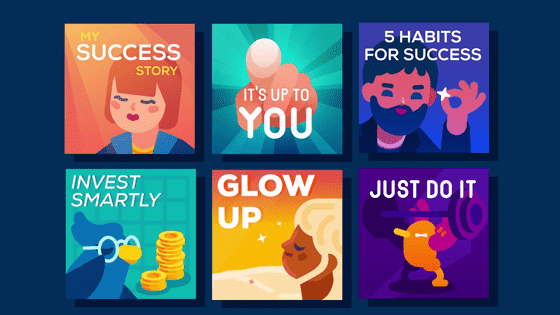
Kurzgesagt likens the difficulty of making a decision to walking in a dense jungle.

The brain hates wasting energy, so it tries to make it easier.
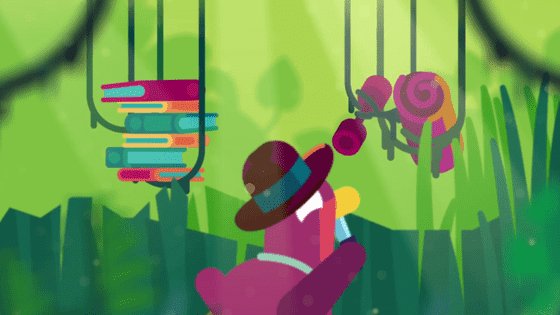
The path found in this way is remembered in the brain as an easy-to-pass beast path.
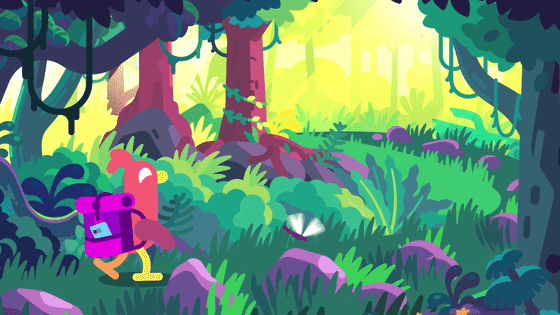
When the grass is trampled as it passes many times, the beast path eventually becomes a path ...
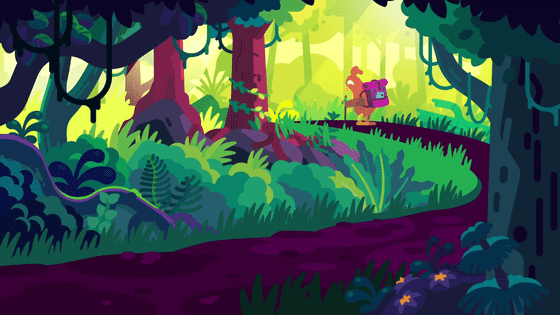
It will be a paved road that can run smoothly.
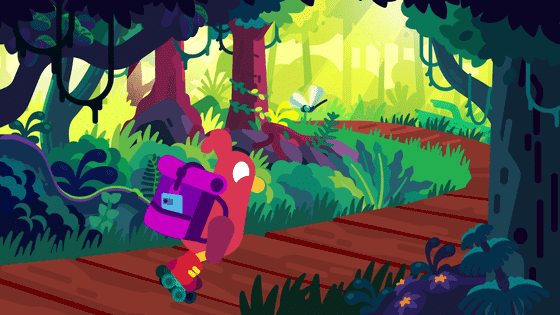
That's why you're wasting your time killing time, which isn't very profitable when you realize it.
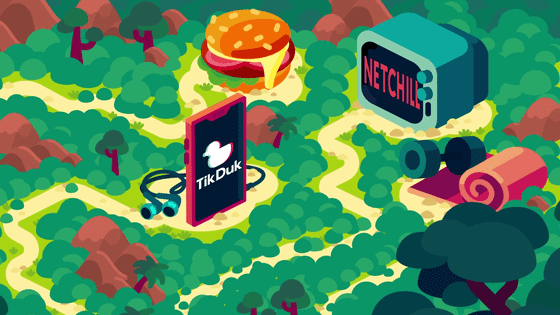
To know the mechanism by which a path is created in the jungle, it is necessary to distinguish between the two elements of 'routine' and 'habit'.

Routines are a series of actions that you do the same every time because you feel good for yourself. For example, I prepare the same ingredients for my favorite dish and make them in the same procedure because I want to eat them.

I also set an alarm every night before going to bed because I want to wake up at that time.
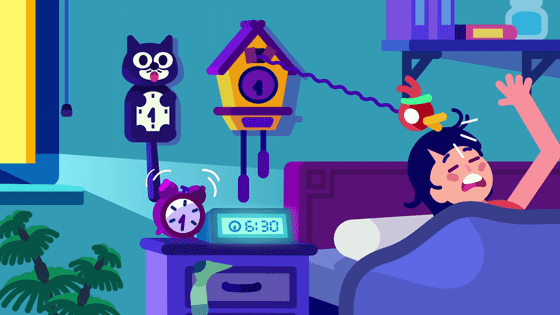
This routine is thought by the 'wise planner' in mind.

A wise planner will assemble each action, conscious of the future and carefully considering what kind of result he wants. For example, connect the power cable of your PC to an outlet, turn on your PC, log in to your email service, open the email app, and so on.

The routine created in this way will eventually become a 'habit'. Just as you don't think about the procedure for emailing, habits are actions that are carried out without thinking, and because they are good for you, they are also felt as a reward to your brain. This is why habits are semi-automatic.

The point of the habit is that it is started by some trigger.

For example, you can fasten your seat belt without thinking about the trigger of getting in the car ...

The trigger to buy coffee at your favorite coffee shop is that it's a habit to buy cookies even though you're not particularly hungry.

If the routine is a wise planner's job, the habit is the responsibility of the little child inside.
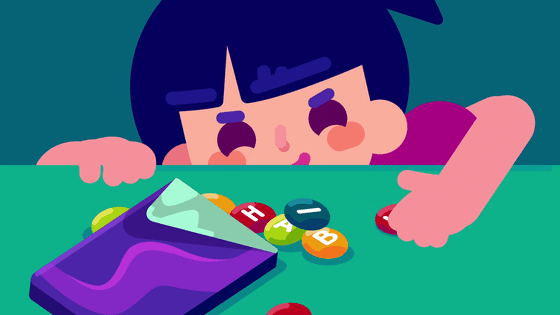
Children are impulsive and hate thinking about the future and doing hard things.

Every time a child is encouraged to follow a familiar and easy path.
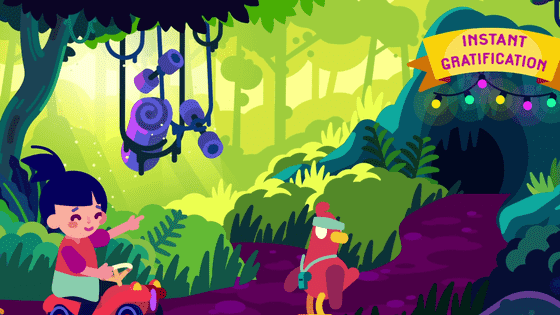
When I buy coffee, I also order cookies because it's a habit every morning.

Cookies are delicious and surfing the net is fun, so I just repeat it. In this way, bad habits take root.

This may seem like a bad boy, but it's actually just as important as a wise planner.
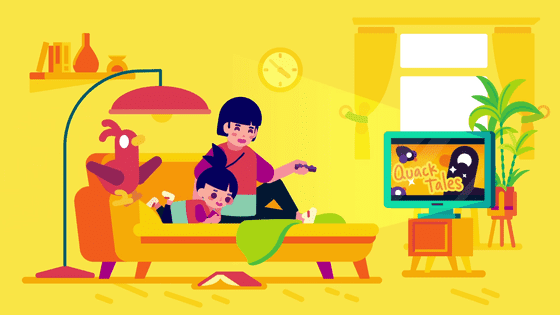
This is because leaving all the actions of your daily life to a wise planner would be too energy intensive and you would need to habituate repetitive tasks and outsource them to your child.

This energy-saving mechanism is also useful when you want to develop good habits. In other words, first ask a wise planner to create a routine and then make it a habit for your child to do it easily and reasonably.

The specific method is as follows. First, suppose you want to get fit to be healthy.

The goal of training is vague, so break it down into smaller routines, such as 'do 10 squats every morning at 8am.' In this case, the condition 'it will be 8 o'clock' will be the trigger mentioned above.
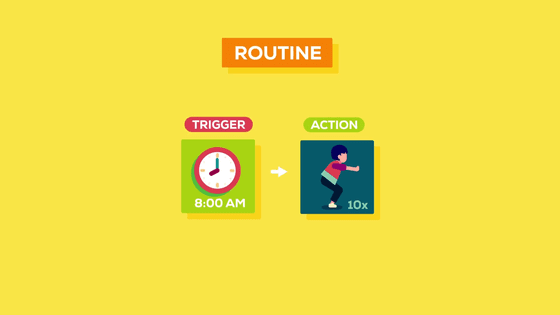
By setting triggers on your routine and making it a habit of doing things without thinking, even the same 10 squats will be part of the day rather than a hassle.
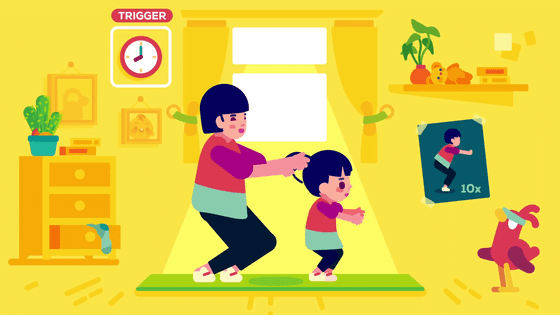
However, many of the things you want to get into the habit are not easy. Therefore, the trick is to make it fun in itself so that even the children inside you can do it.

For example, you might decide to listen to your favorite podcast during training ...

Keep a household account book while you wait for the next round to start in

The time it takes for things to become a habit is not uniform, and it can take 15 days or 250 days.
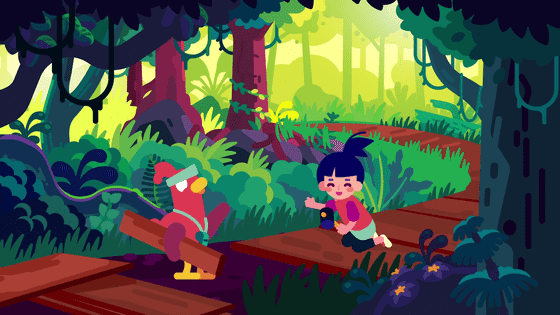
Kurzgesagt commented on the key to developing good habits: 'It's hard to keep going every day, but it gets easier if you keep going. There's no shortcut to changing yourself. But the science of habits is age-related. Regardless, it tells us that it's not impossible. '
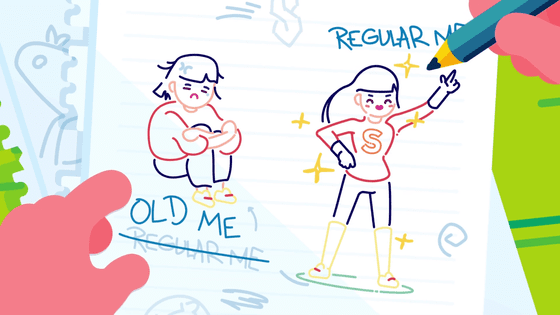
Related Posts:
in Video, Posted by log1l_ks




